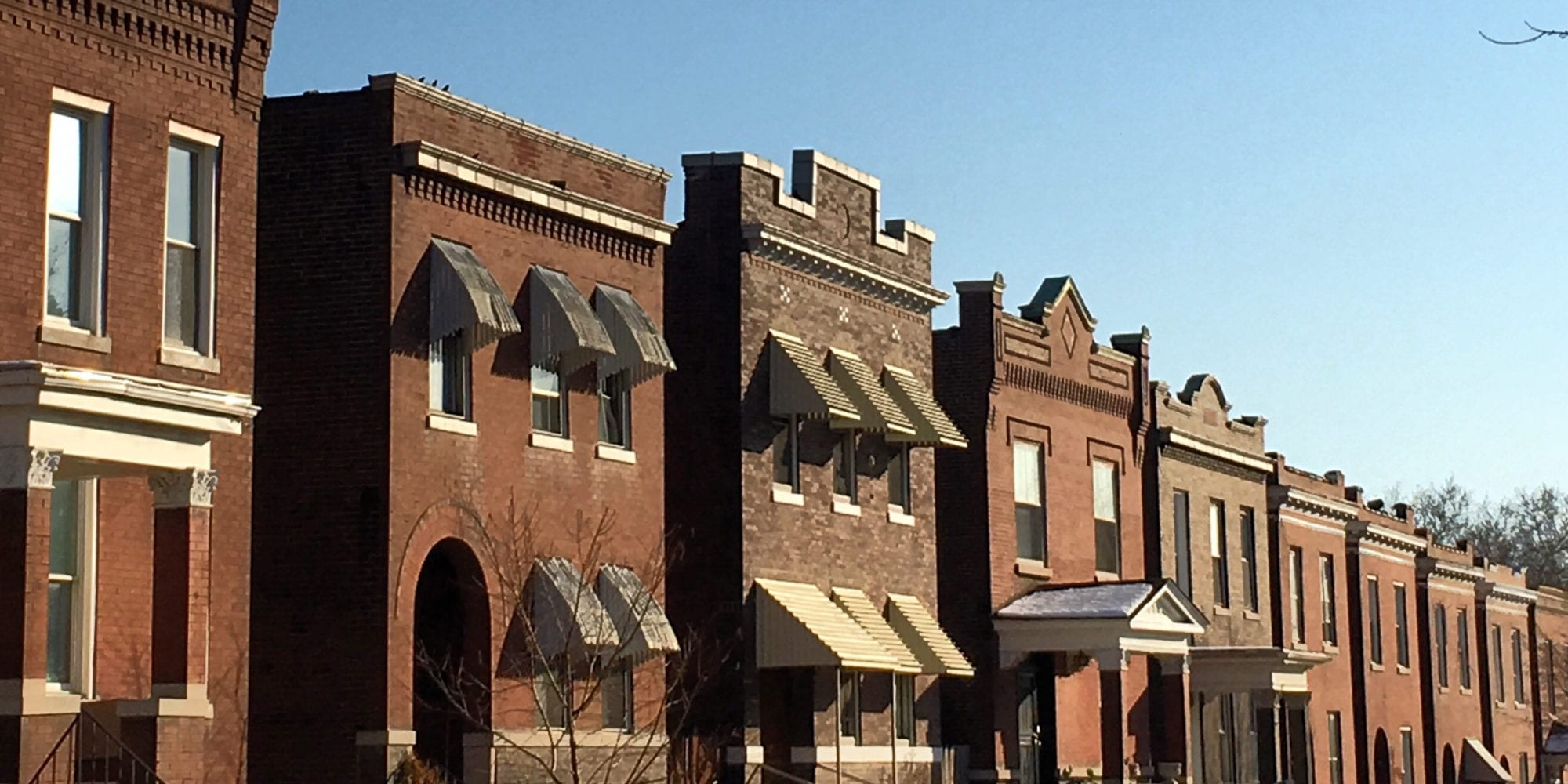
We reached out to Dutchtown resident Josh Burbridge, owner of the St. Louis-isms Instagram account. to see if he could share some of his wonderful photos of Dutchtown. Josh has an eye for great compositions and mundane details that might go unnoticed by most.
Josh shared a ton of photos, some background on his style and approach to photography, and a lot of great things to say about Dutchtown. Take a look!
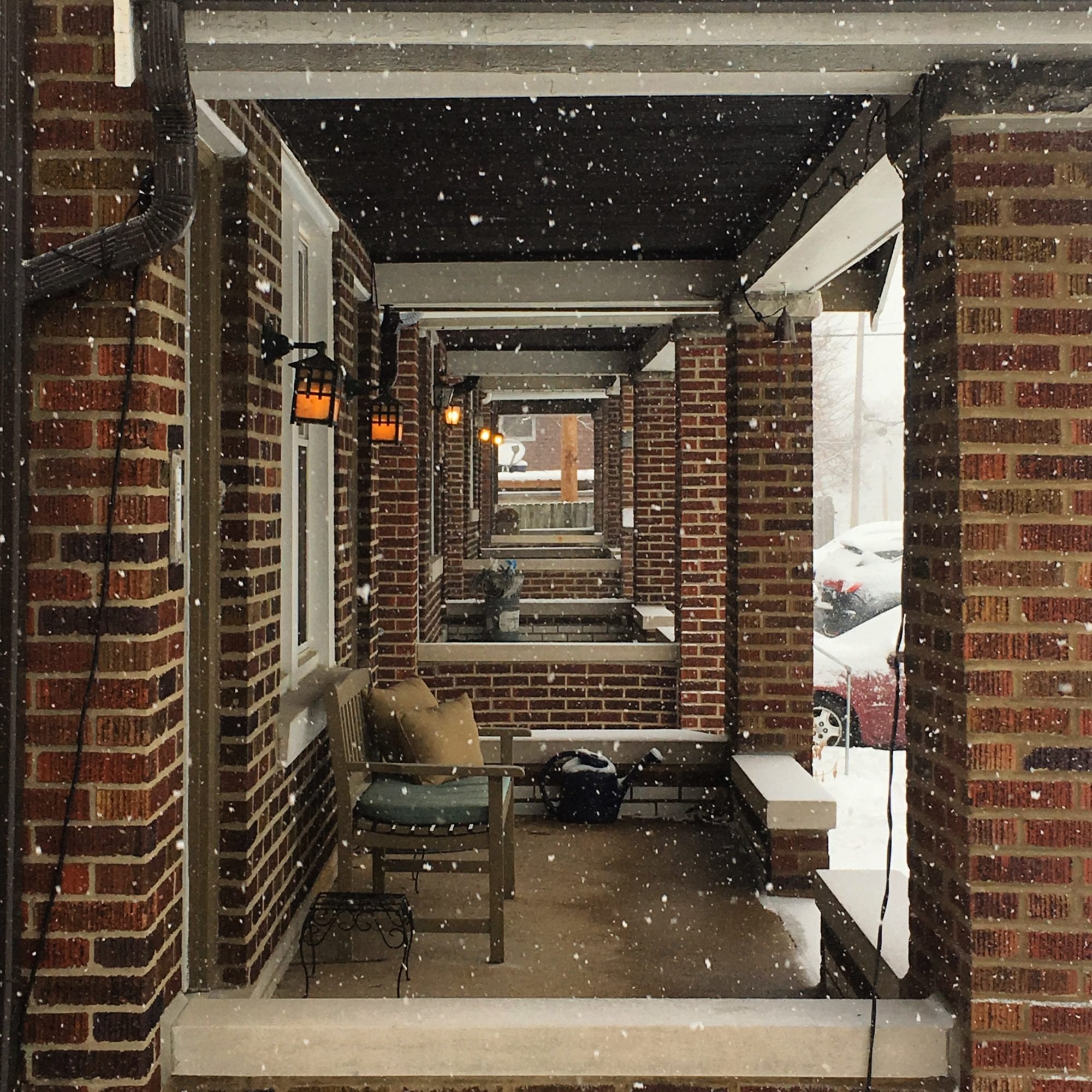
I moved to Dutchtown with my wife and daughter in May 2018. We had lived in Chicago for about eight years before moving back to the St. Louis area in 2015, with an apartment in Tower Grove East. It was on the second floor of two-flat, but with the baby we hoped for a space all our own. We looked at probably 100 houses, and offered (and lost) on a few, but each one had some sort of issue that kept us from moving forward.
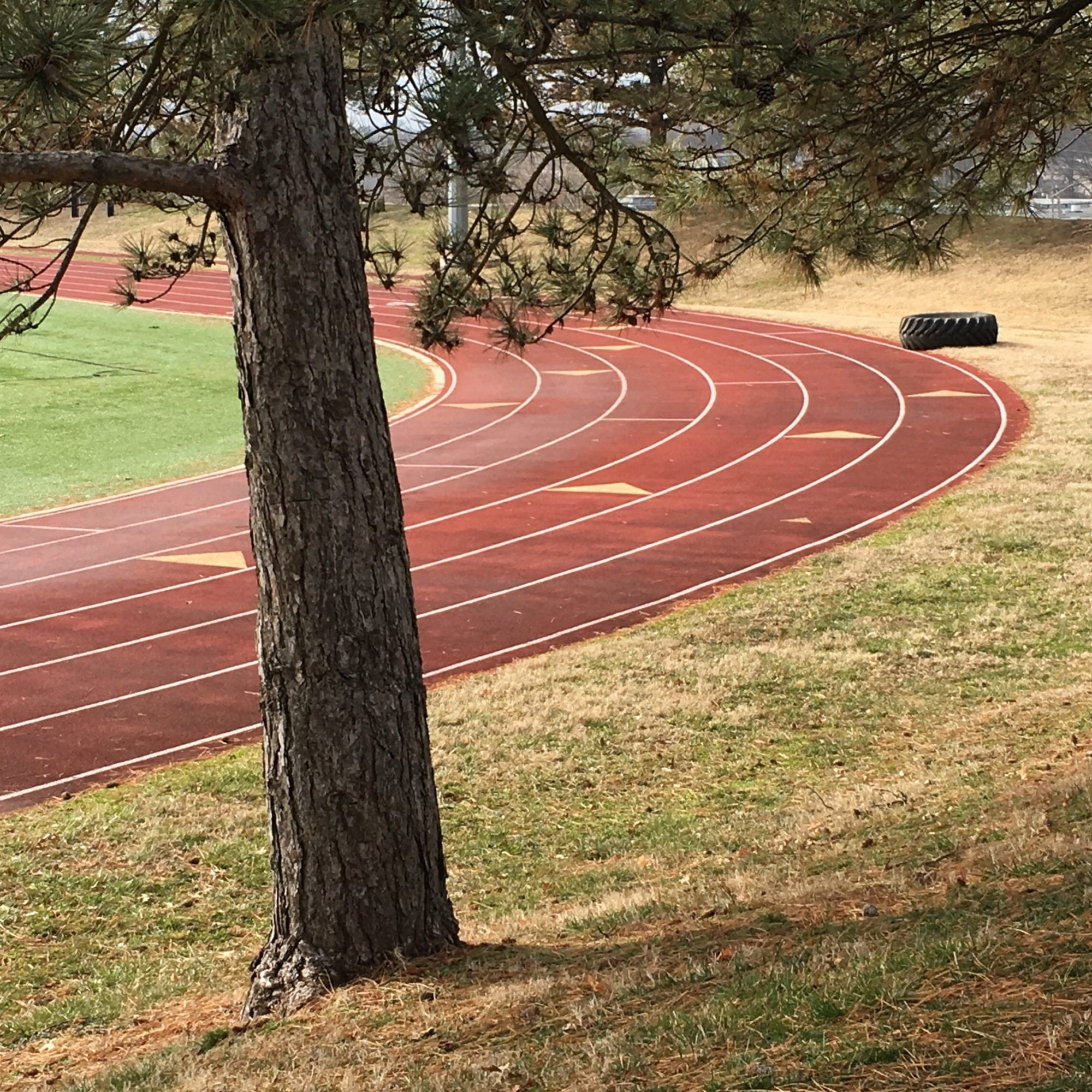
We were about to give up until we visited an open house on 37th Street by St. Mary’s High School. We didn’t expect much, having been disappointed a lot before, but instead we were blown away. This was the house. And it was the right price, too. The place was packed with viewers, so we moved quickly to snag it. To this day, I am still so grateful we found this place. It was built in 1933 and everything about it is perfect. Almost a dream house, inside and out. We have wonderful, friendly, helpful neighbors in every direction. The Friday night football games light up the neighborhood in the fall. I can see staying here for the rest of my life.
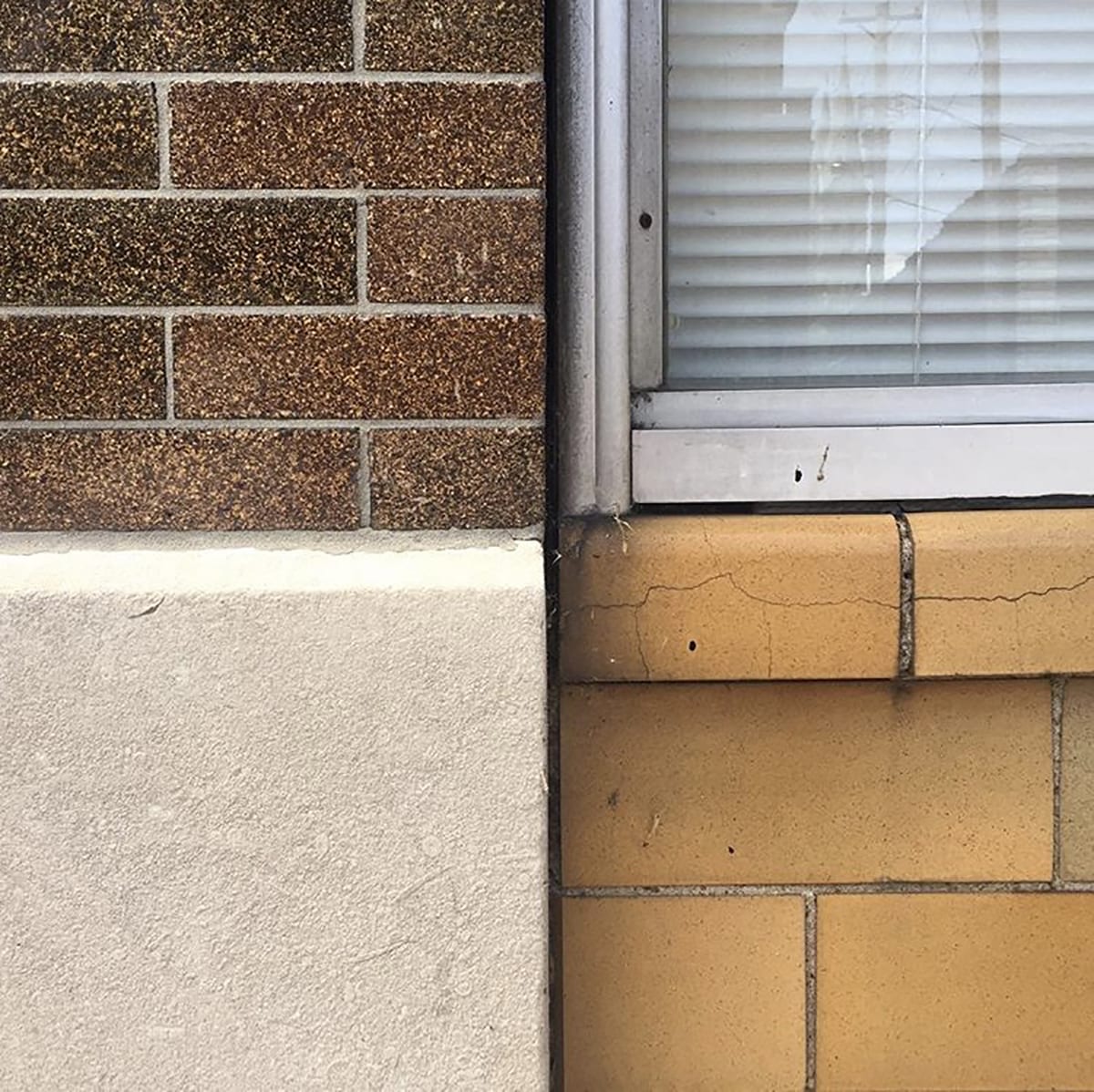
St. Louis-isms grew out of a few things. The main one was the move to Dutchtown. Dutchtown always existed in the back of mind (accurately or not) as a “quintessential” St. Louis neighborhood (whatever that is), but I didn’t really know much about it, and it was really hard to find information about it. DutchtownSTL.org, thankfully, was there, and it was fantastic. It’s exactly what the neighborhood needs.
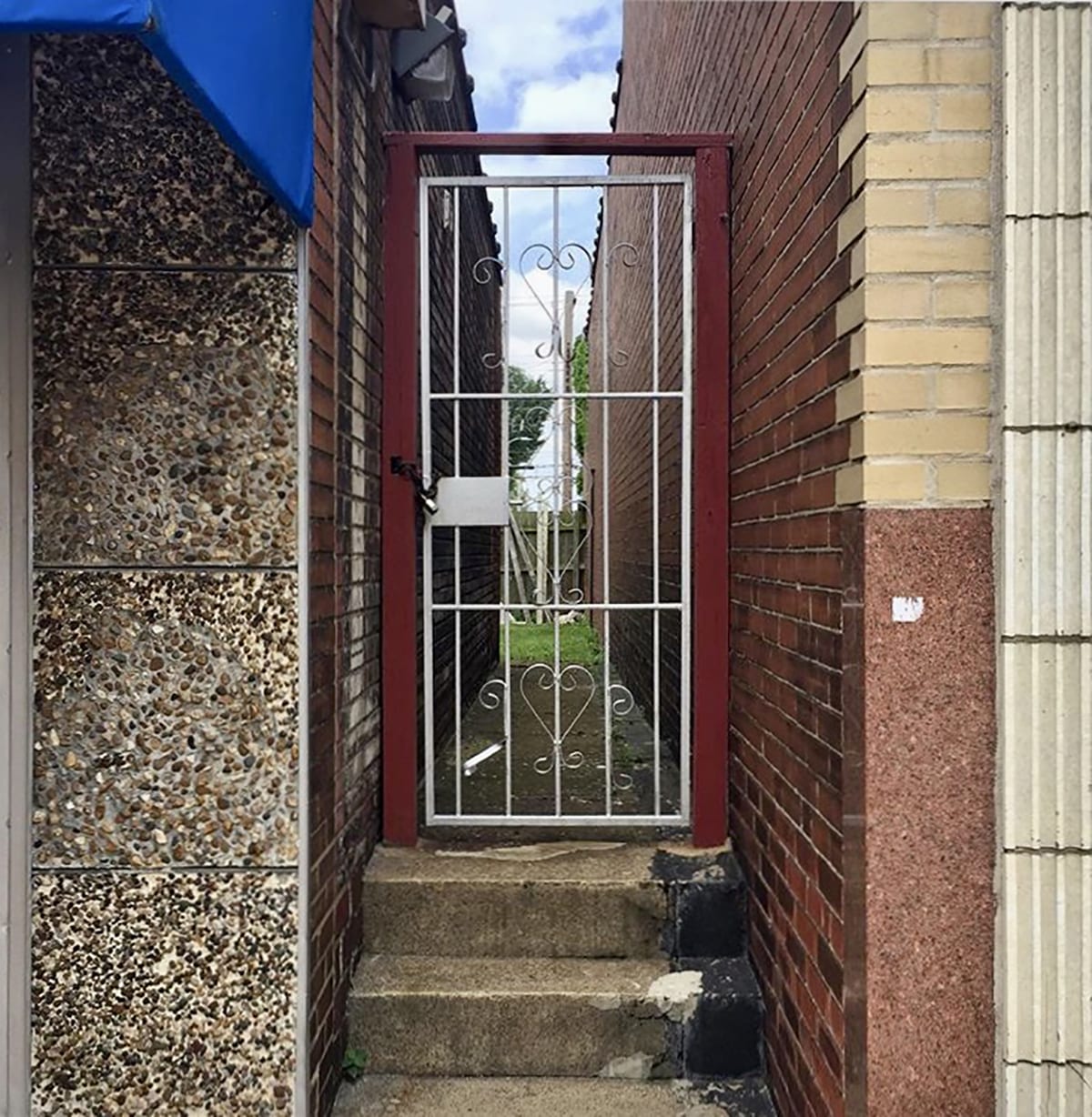
Other than that, there are some historic surveys and I am sure there are at least a handful of things at the historical society if you know where to dig, but there’s really not much else that’s accessible. I haven’t even been able to find one of those ubiquitous “You Know You Grew Up in (blank) If…” or “Memories” pages on Facebook (there’s one for Cleveland High, but it’s not incredibly active).
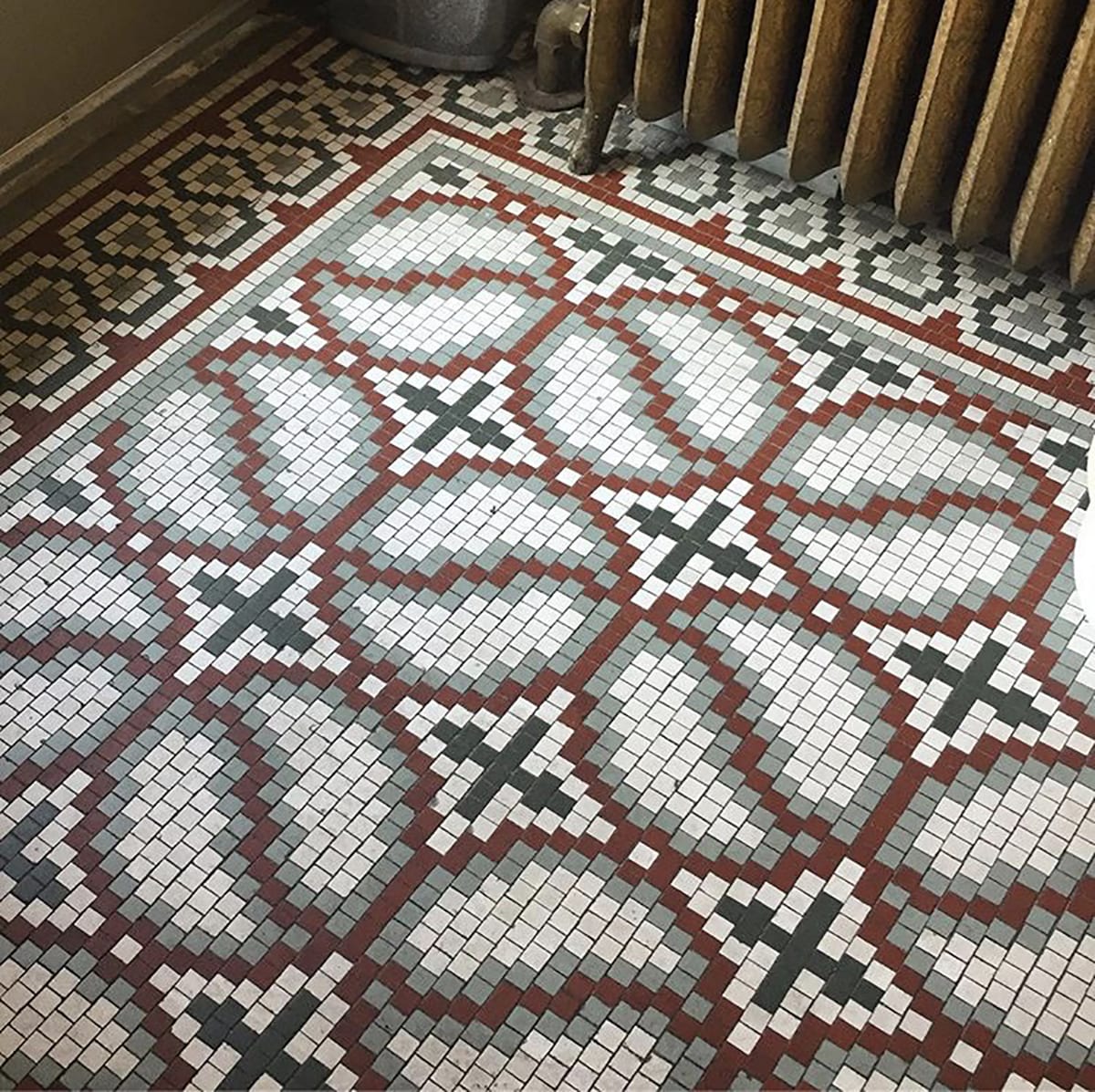
This lack of information is crazy to me, especially for such big neighborhood. I have always been inspired by the communities I have lived in and often focused my research on them, so I had no choice but to explore Dutchtown on the ground to see what I could find.
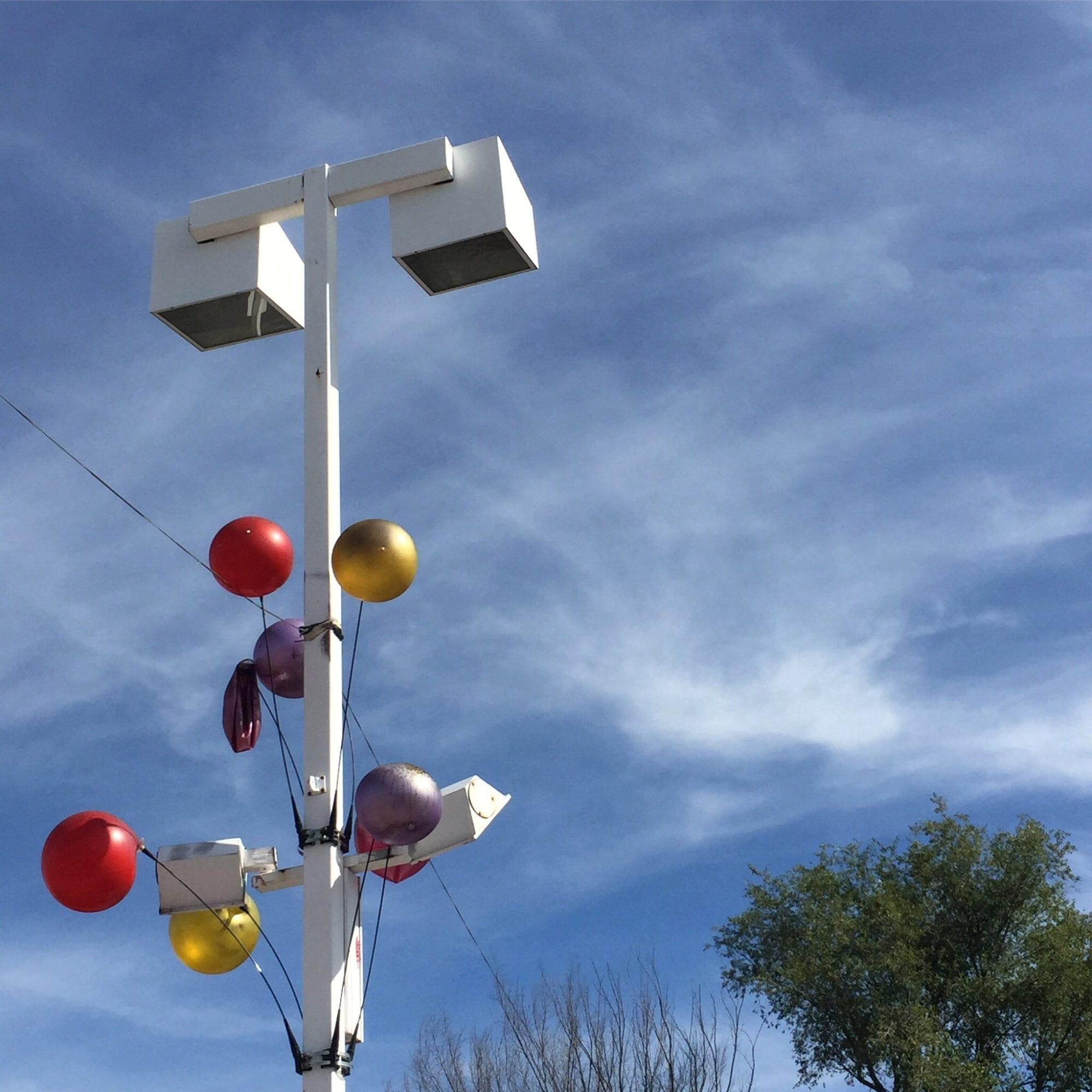
The photos really were an unintended result of a new life with a baby, a full time job, and the need for a creative outlet.
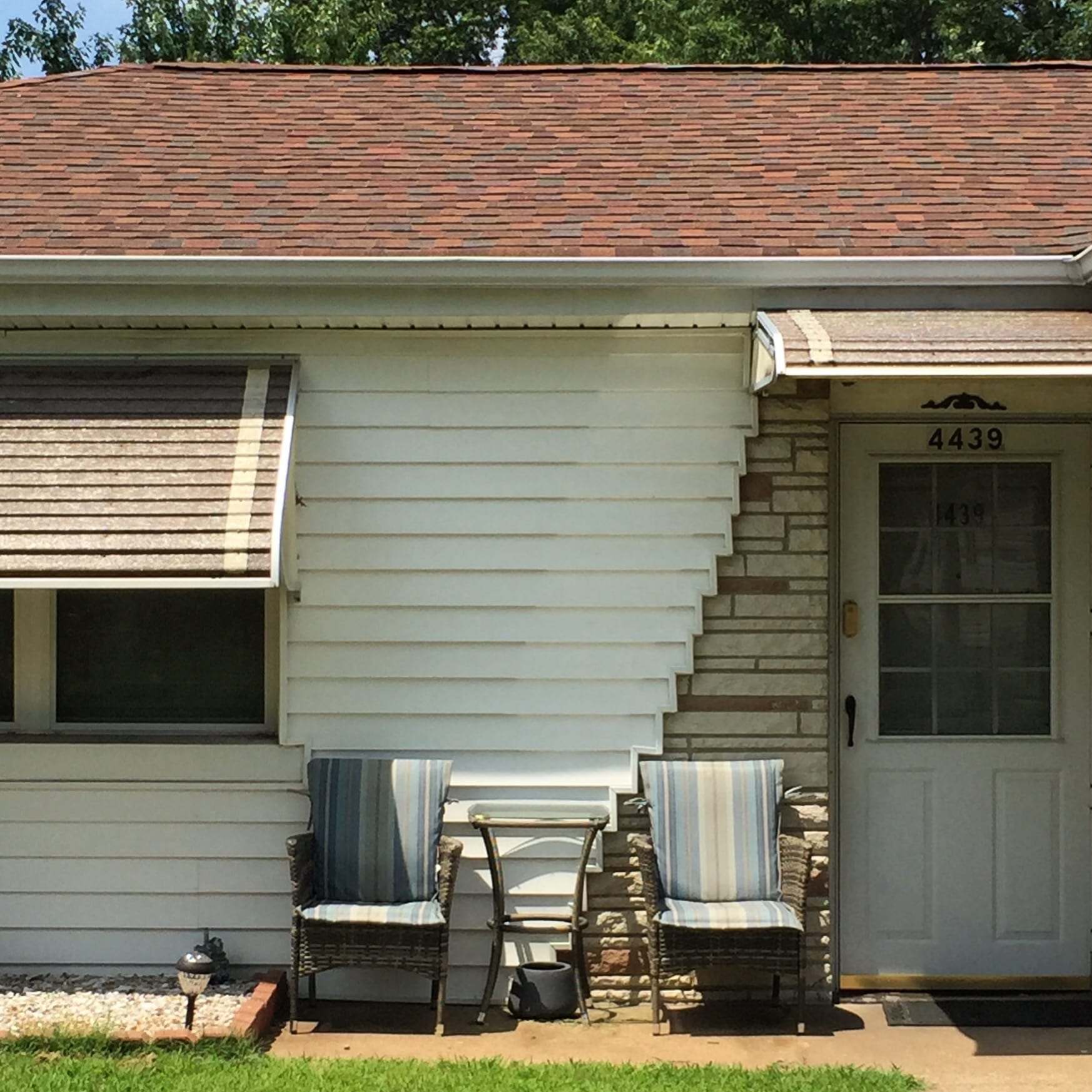
I already had a pizzeria-focused account and blog (Pizza Hounds on Instagram) on which I tried to focus not only on old pizza places, but also the surrounding neighborhood and city contexts. Posts for that account, which included a lot of research and writing, simply became too much with work and parenting.
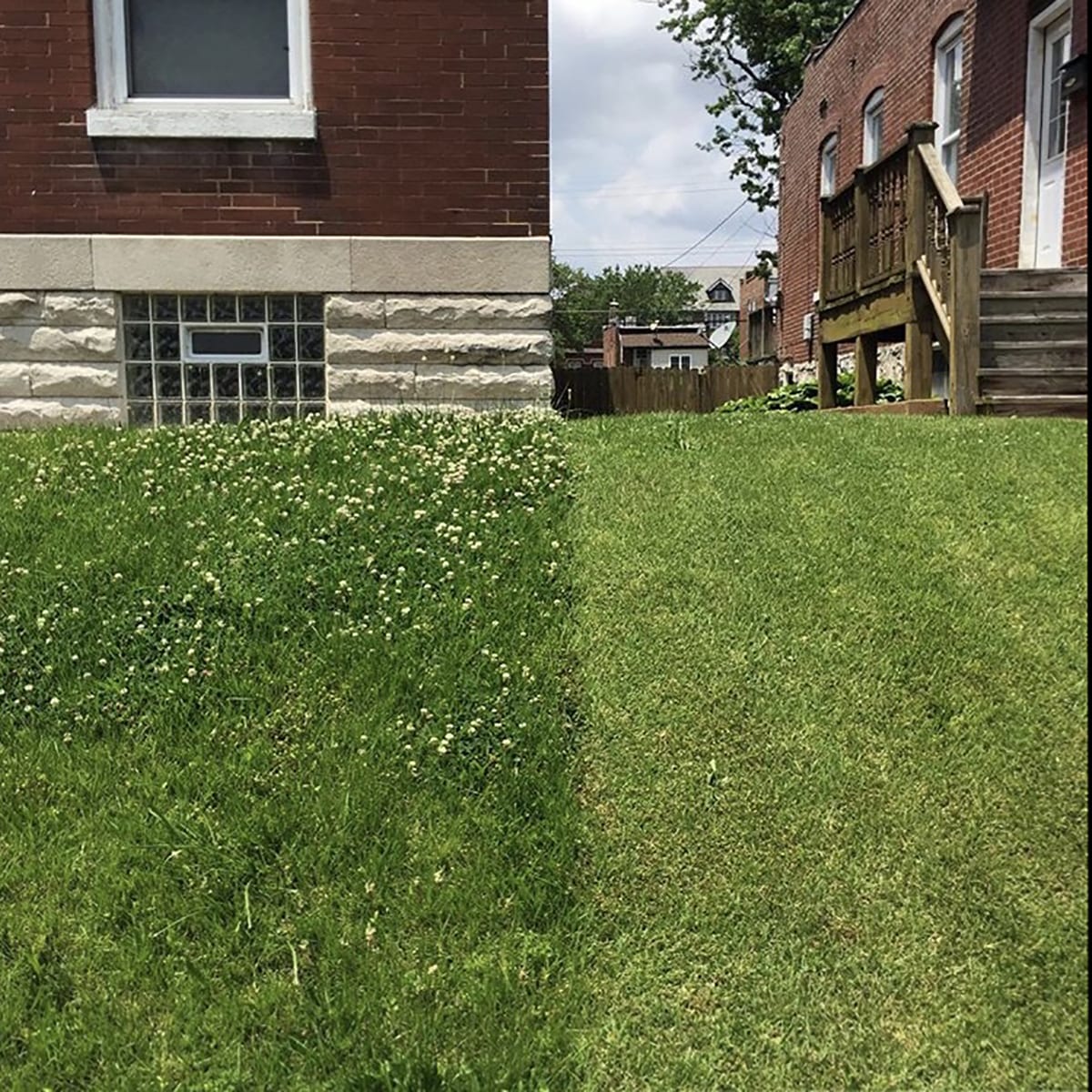
On my days off work, I started taking my two-year-old daughter on walks through Dutchtown to explore. I would carry her in one arm and, eventually, take pictures with the other arm. And because I was in love with everything I saw, we came home with at least a couple of hundred pictures from each walk. I started posting some of those photos on my personal Instagram account, but soon realized that very few friends wanted to see close-ups of street addresses and garden hoses. I figured if people who wanted to see those pictures were even out there, they would probably be reluctant to follow me if they didn’t know me personally. So I created a St. Louis-centric Instagram account through which I was able to find a community of like-minded folks.
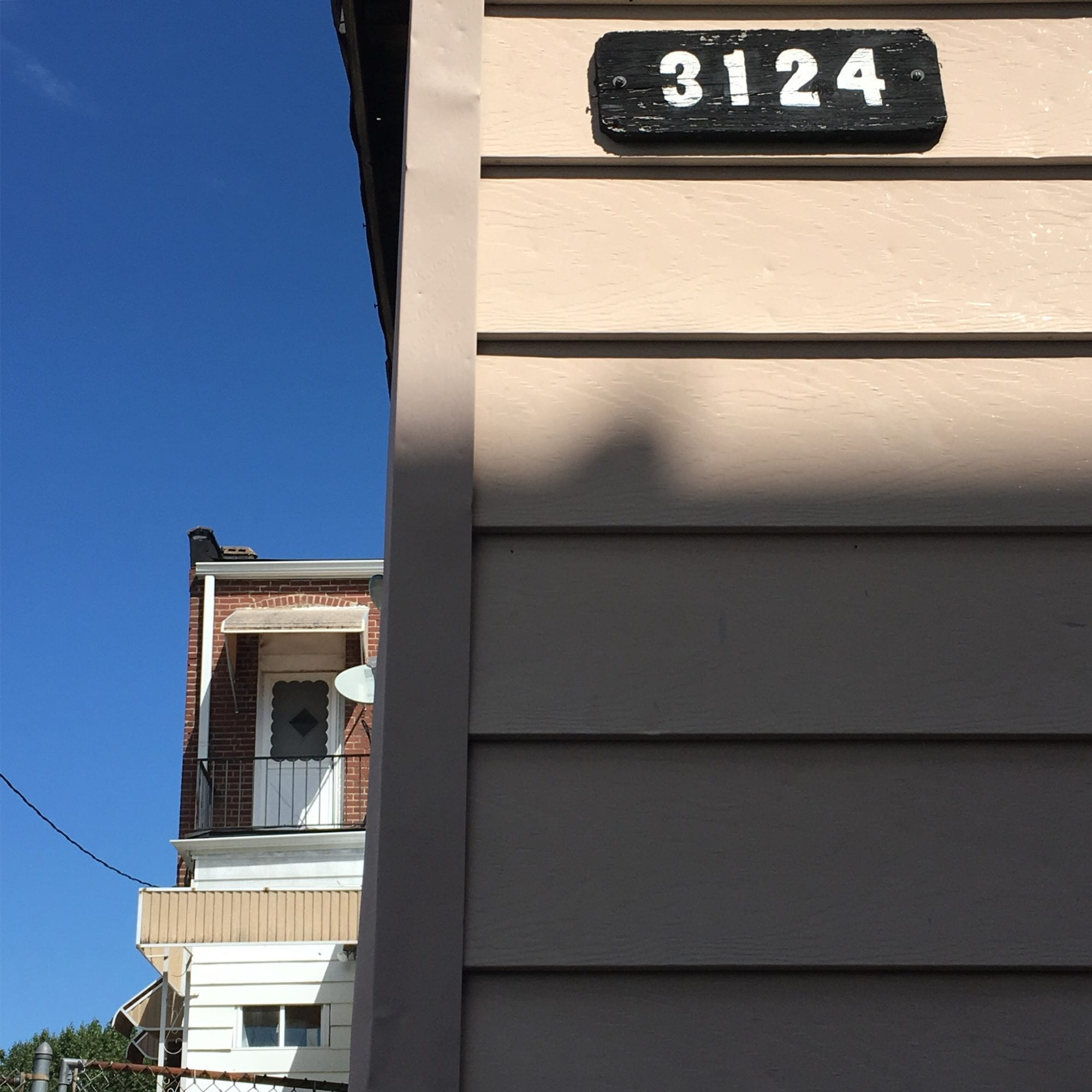
The results are a mix of the minimal perspective photography and civic promotion, I guess. I love entire streetscapes and individual houses, but also individual architectural or cultural elements. I’m always trying to notice something I hadn’t noticed before, and I often try to isolate that element in a photo. A number of photographers, historians, and city advocates have already done all of those things very well already in St. Louis, so I definitely want to give credit to them, but I try to shine the light on what I see in my corner of the city. To me, St. Louis is a gorgeous multilayered artwork that one can examine closely or at a distance and see something new, or at least something forgotten. It’s really not hard something truly beautiful around here at any given moment.
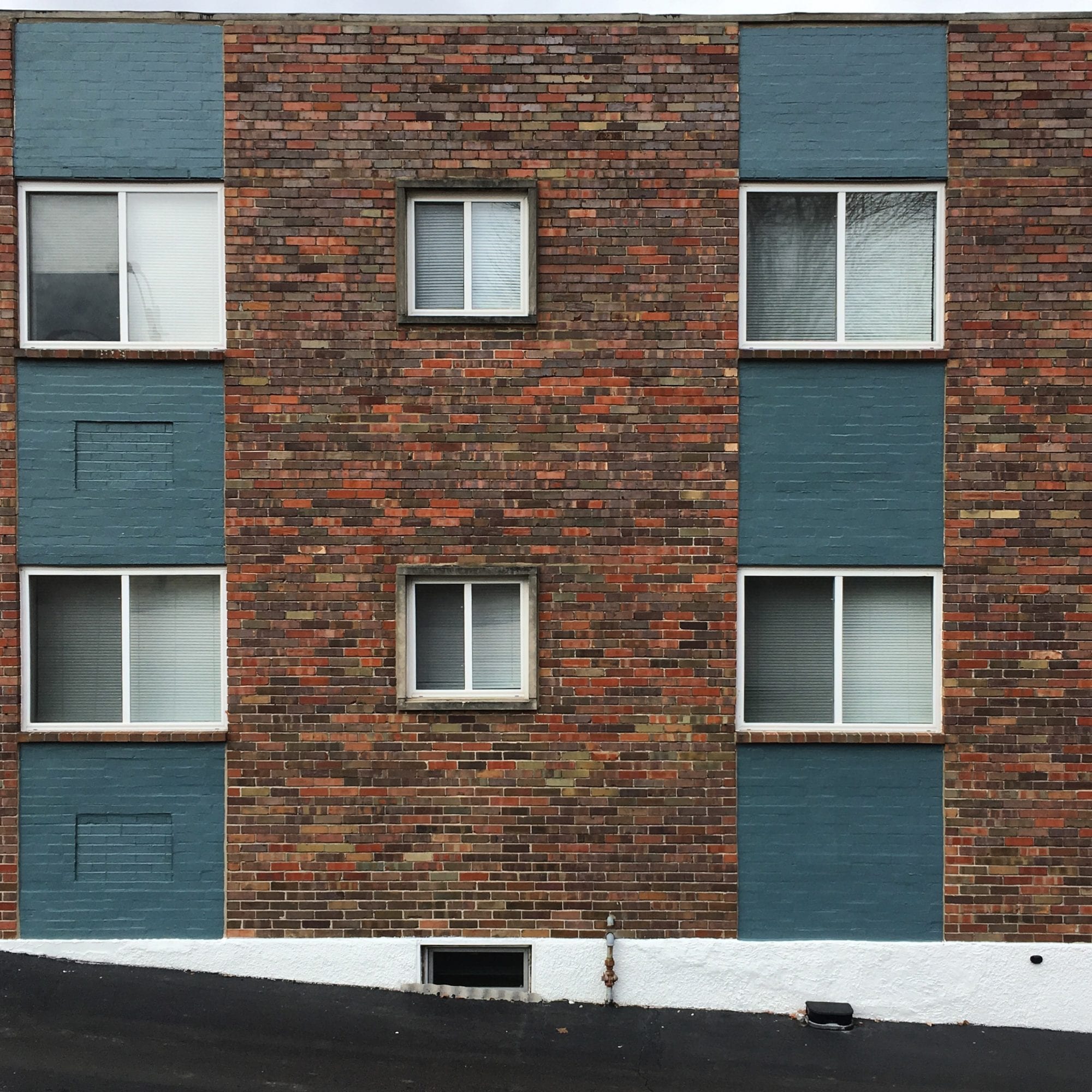
I want to make St. Louis look great to rest of the world because I actually believe it is. All the while I try to eschew anything that might come close to “ruin porn.” I certainly have spent of time in the past staring at photos of decaying, bombed-out houses, and I truly believe that type of perspective has its place, especially as a call to action. Sometimes we need that gut punch to see how policies and inequalities effect us all. For instance, Robert Powers’s Built St. Louis and Michael Allen’s old Ecology of Absence blog — both excellent and influential (and both of which used the city’s decaying housing stock as means to discuss greater issues move toward something vital, useful, and important) — were big influences on me years ago.
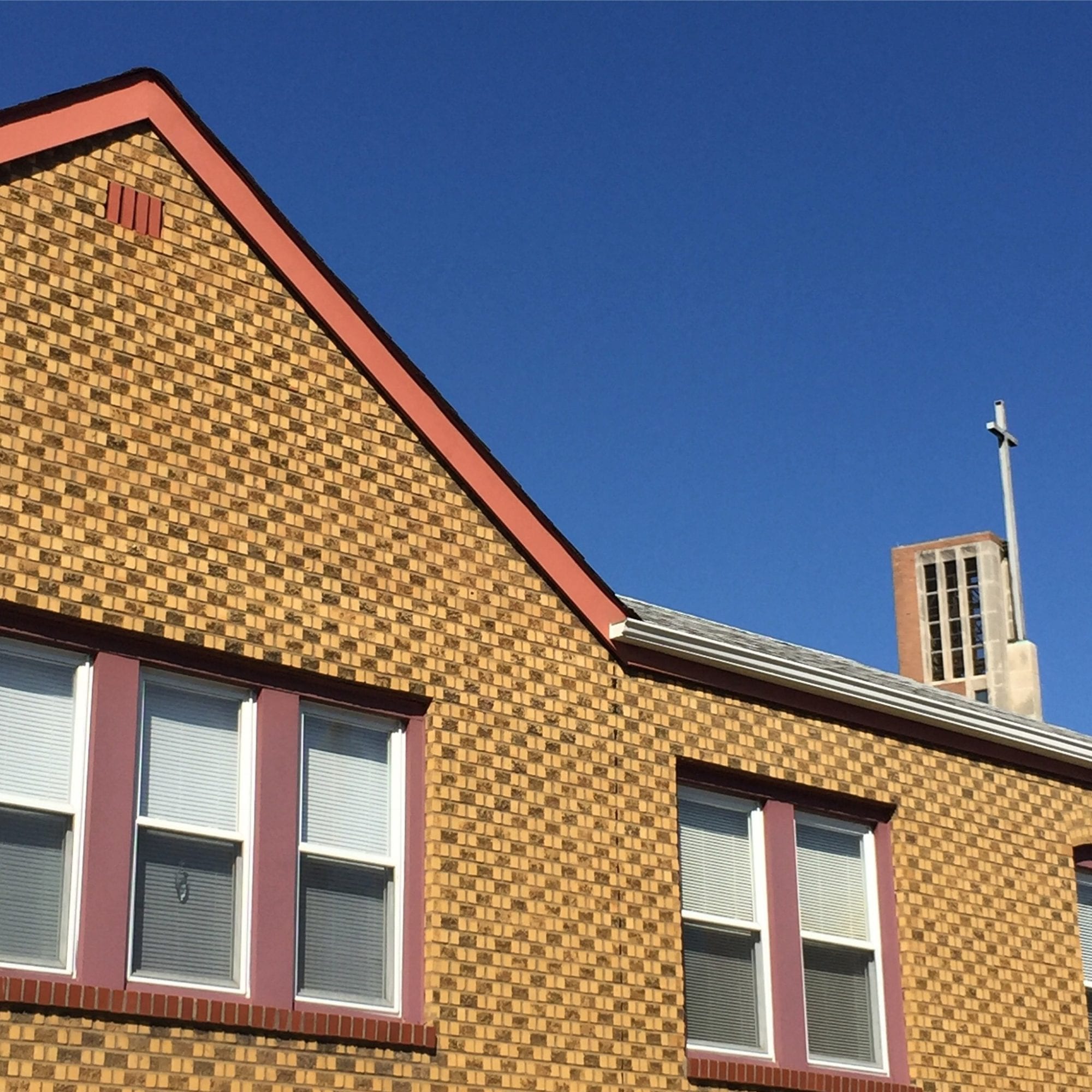
But the decay is not the St. Louis I want to see, either online or especially in person. Too many impoverished St. Louisans live with it every day and it must be acknowledged, but, at this point in my life, I would rather focus on care and love put into St. Louis by its residents, all done in spite of the harsh realities and the larger forces that sometimes fail the city and its citizens.
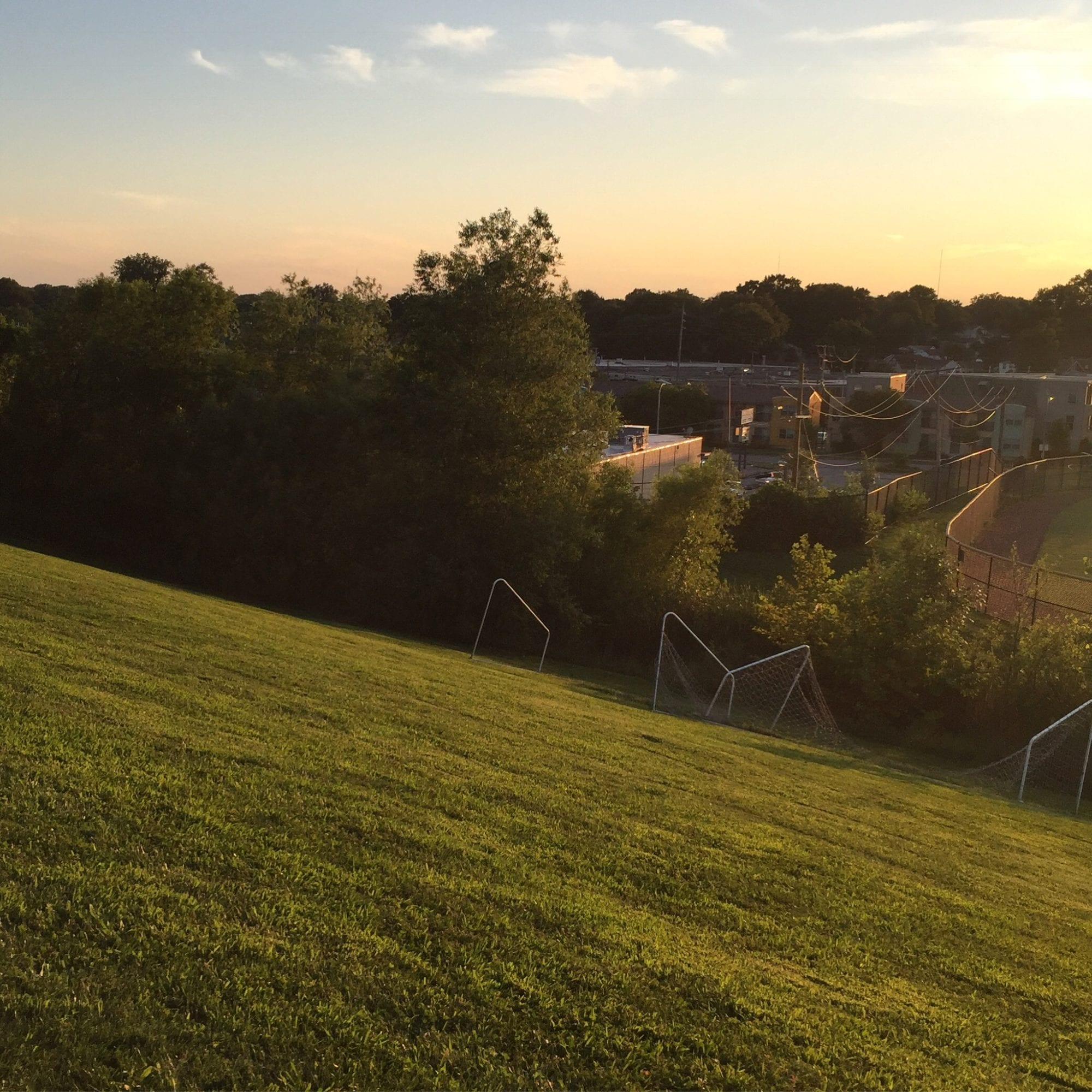
There is much to celebrate here. If we can get the city’s collective self-esteem up, good things can happen. I love how Randy and Jeff Vines of STL-Style have taken this civic pride mission since day one. It certainly won’t solve our biggest problems, but surely it can help.
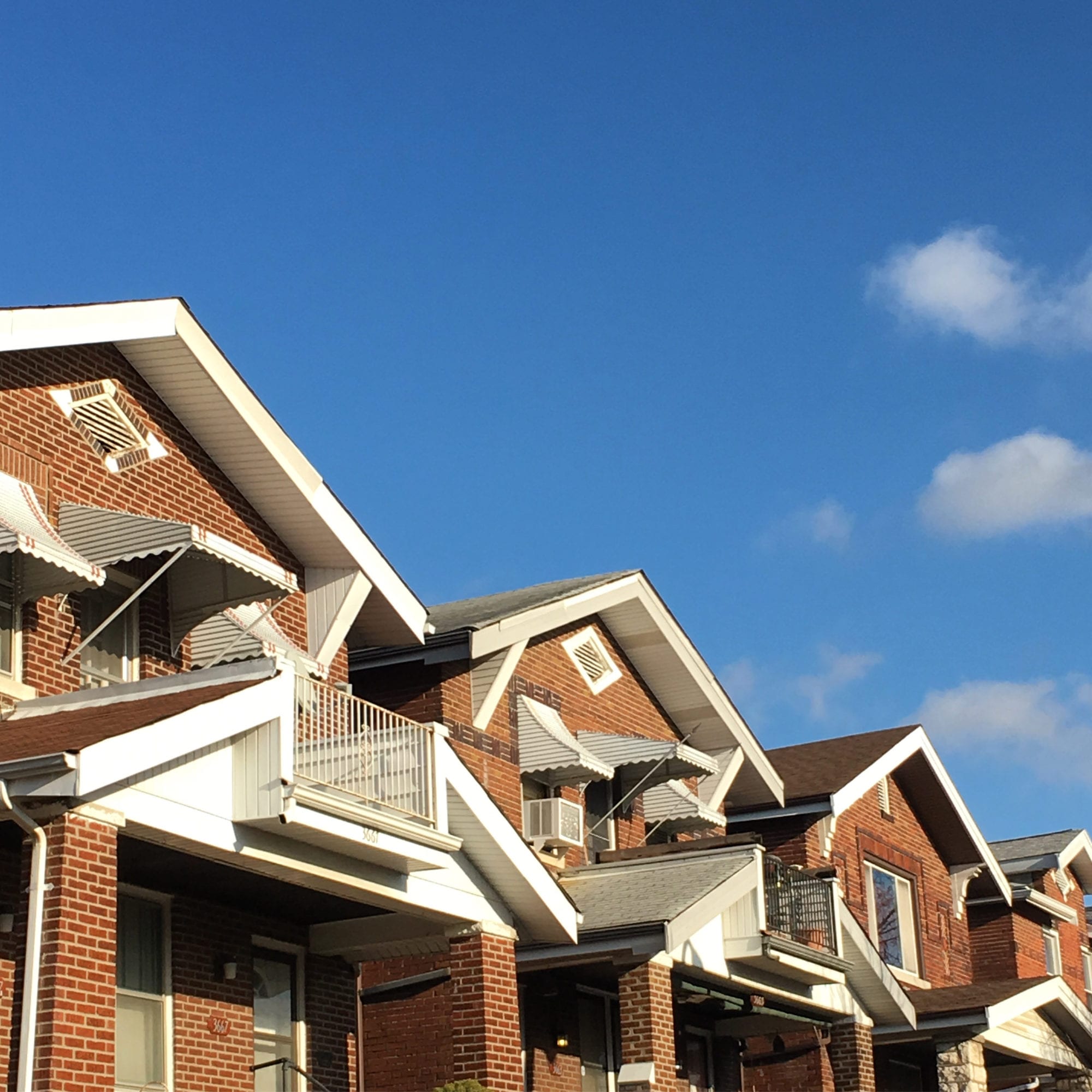
I also wanted to help correct the blind spot that exists for certain parts of the city and region. Dutchtown was number one on this list. This neighborhood is gorgeous and extremely underrated, at least in the current discussion. There is such a beauty in the urban form here, with decades of development and thousands of hours of construction, maintenance, and plain everyday living — and thousands upon thousands of stories — in each building and streetscape. I wanted the world to know how beautiful Dutchtown is.
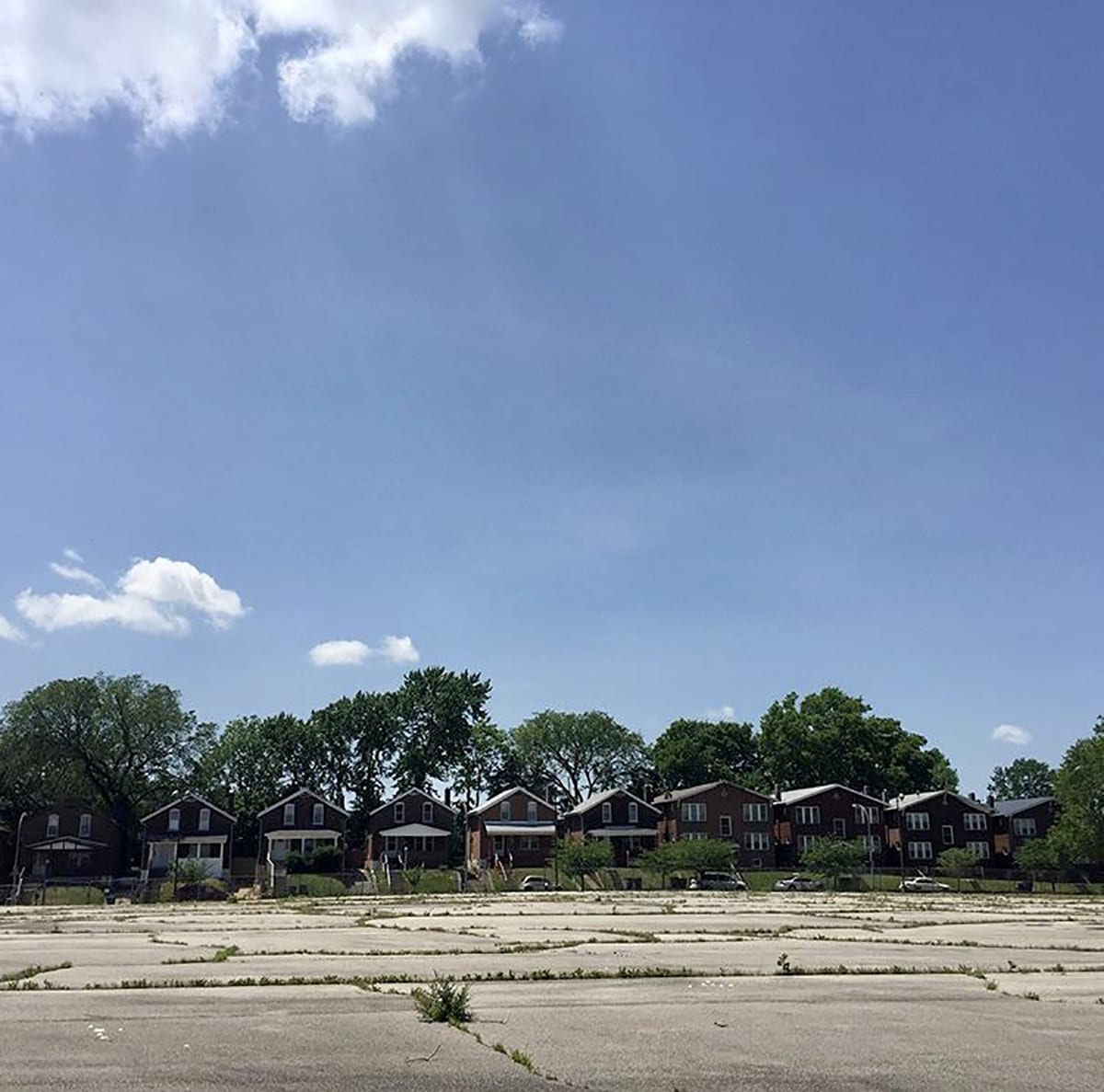
I honestly also wanted more people to choose to move to Dutchtown to help fight the vacancy problem in parts of the neighborhood. I don’t have the money or know-how to fix up a bunch of properties myself, so St. Louis-isms was my way of contributing to a public relations campaign, of sorts, for the neighborhood. If I could help the world know what had here and the opportunities available, then maybe I could make it a better place to live for current residents, including my daughter. Thank goodness DutchtownSTL.org is there as guiding force, doing the work of actually engaging the community.
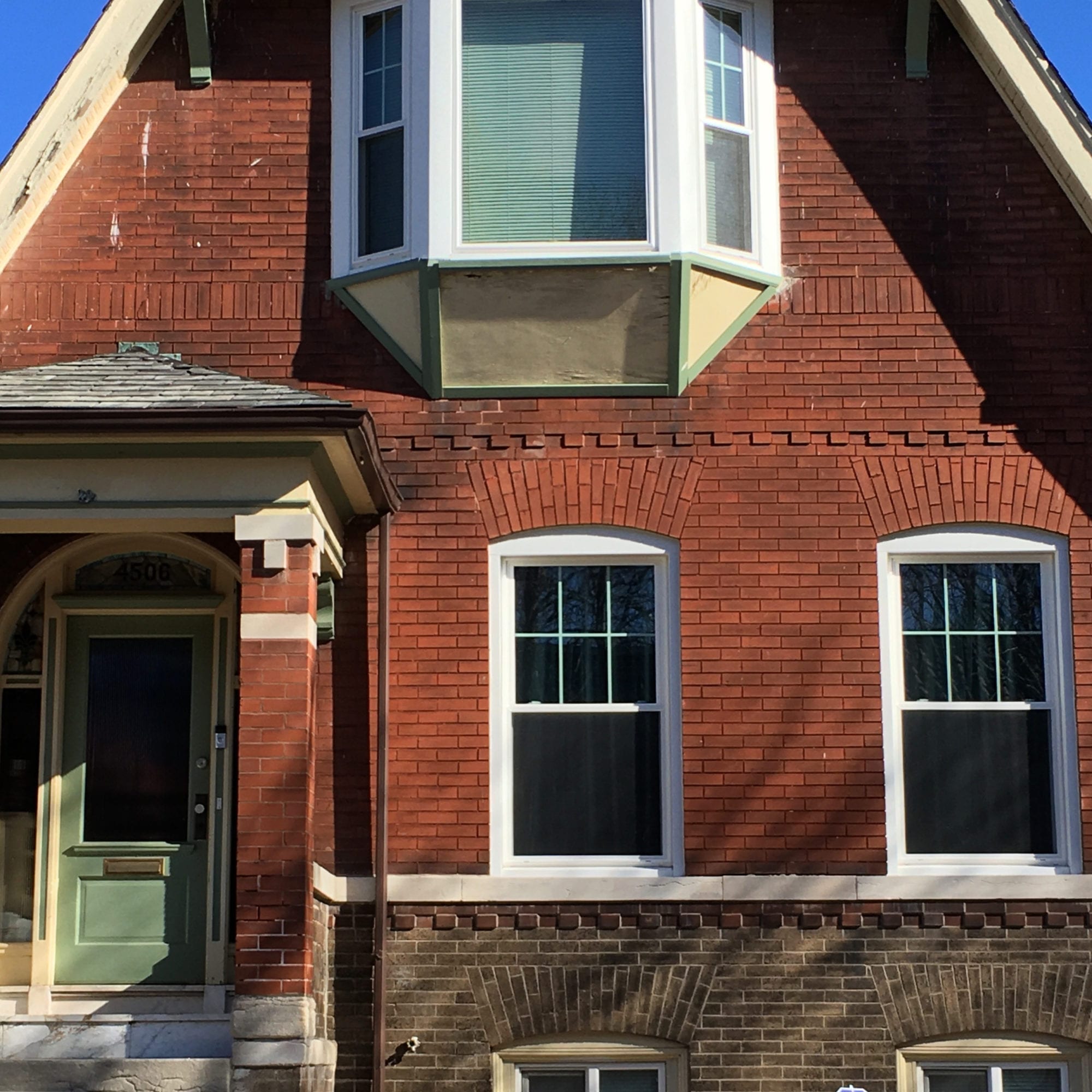
It took a lot of work by preservationists, homeowners, photographers, promoters, and writers to get to this point, but it increasingly seems like there is a cliché of what defines the St. Louis built landscape in the cultural consciousness. Sure there’s the vast suburbia surrounding the city that people think of, and there’s downtown, the Arch, Forest Park, and the Fox Theatre where all those people go to visit. But there’s also the sense — rooted very much in reality — that the St. Louis house or building is usually two or three stories, made of red brick, and was built in the late 19th and early 20th century. I love, love, love that part of St. Louis — and I certainly don’t take it for granted — but that’s not really the only version of St. Louis out there. Dutchtown is full of those wonderful structures, and they help define part of what makes the neighborhood so special.
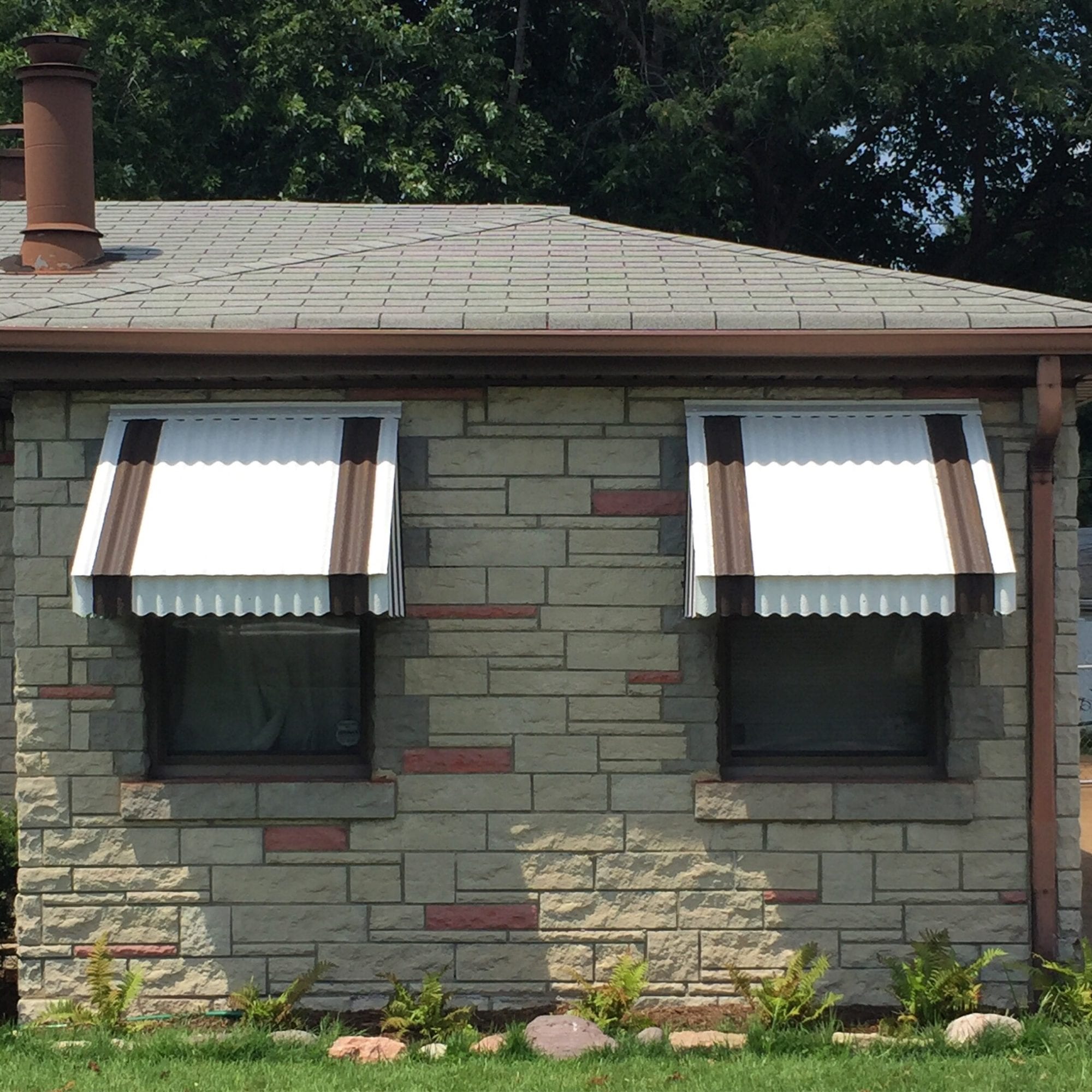
But surely there’s something around here that we’re not appreciating, right, just like those beautiful houses were ignored in the mid-to-late twentieth century? What are we ignoring now that we’ll regret later? Yes, I love Soulard, Lafayette Square, Benton Park, etc., but I don’t really get excited about seeing photos of those places anymore (partly because they have been so thoroughly documented). Now a bungalow in far south city with new vinyl siding? That’s interesting to me. It’s interesting because it’s where day-to-day life is really happening.
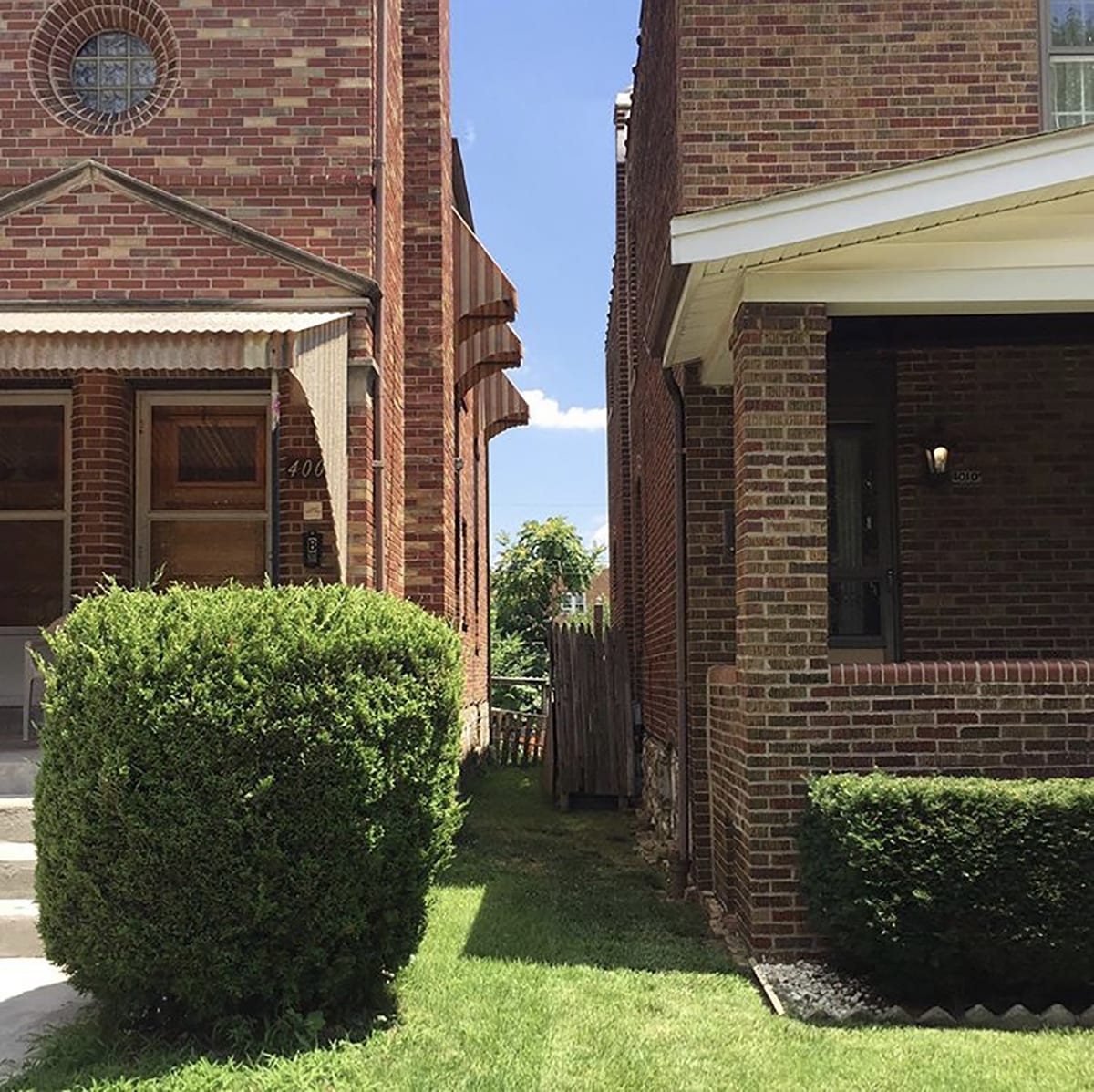
Places like Soulard and Lafayette Square (and this is a gross generalization, of course), just seem like antique pieces now reserved for those with large incomes. I realized this when we were searching for a house. If I wanted to buy or even rent a livable space in one of those communities, I would have to pay dearly for it. And why expend so much of your money in those places when there are so many other wonderful places in the city like Dutchtown. You can get “Soulard” and “Lafayette Square” in Dutchtown; you just might have to put a little more work into it.
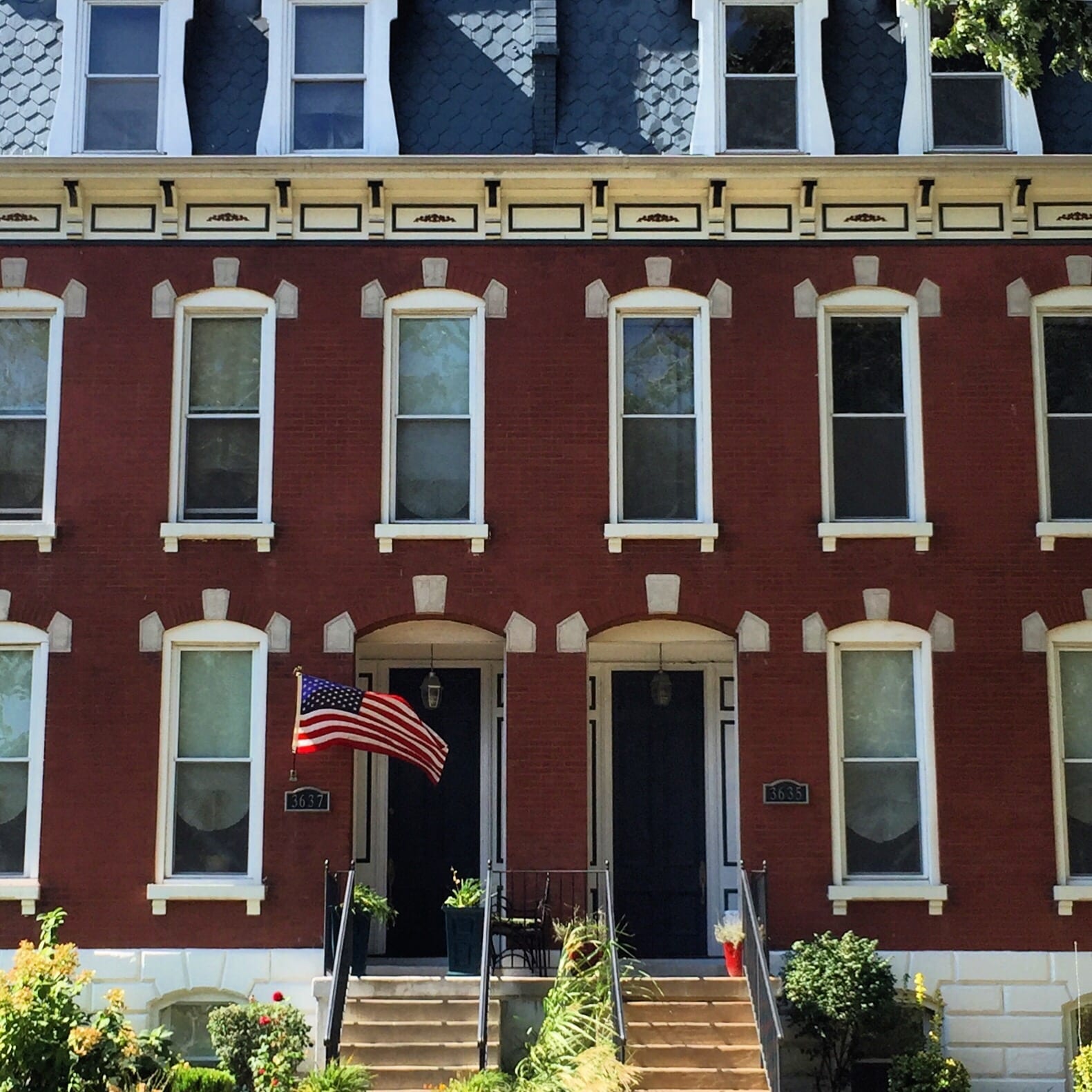
Dutchtown is the perfect mix: classic housing stock that covers many eras, some of which have been impeccably maintained; it’s racially and economically diverse; it’s relatively affordable; and it has potential to be so much more. Soulard and Lafayette Square, too, we should all remember, hit the some extreme low points decades ago. So, Dutchtown can get through its own lows, despite what the local news might occasionally suggest.
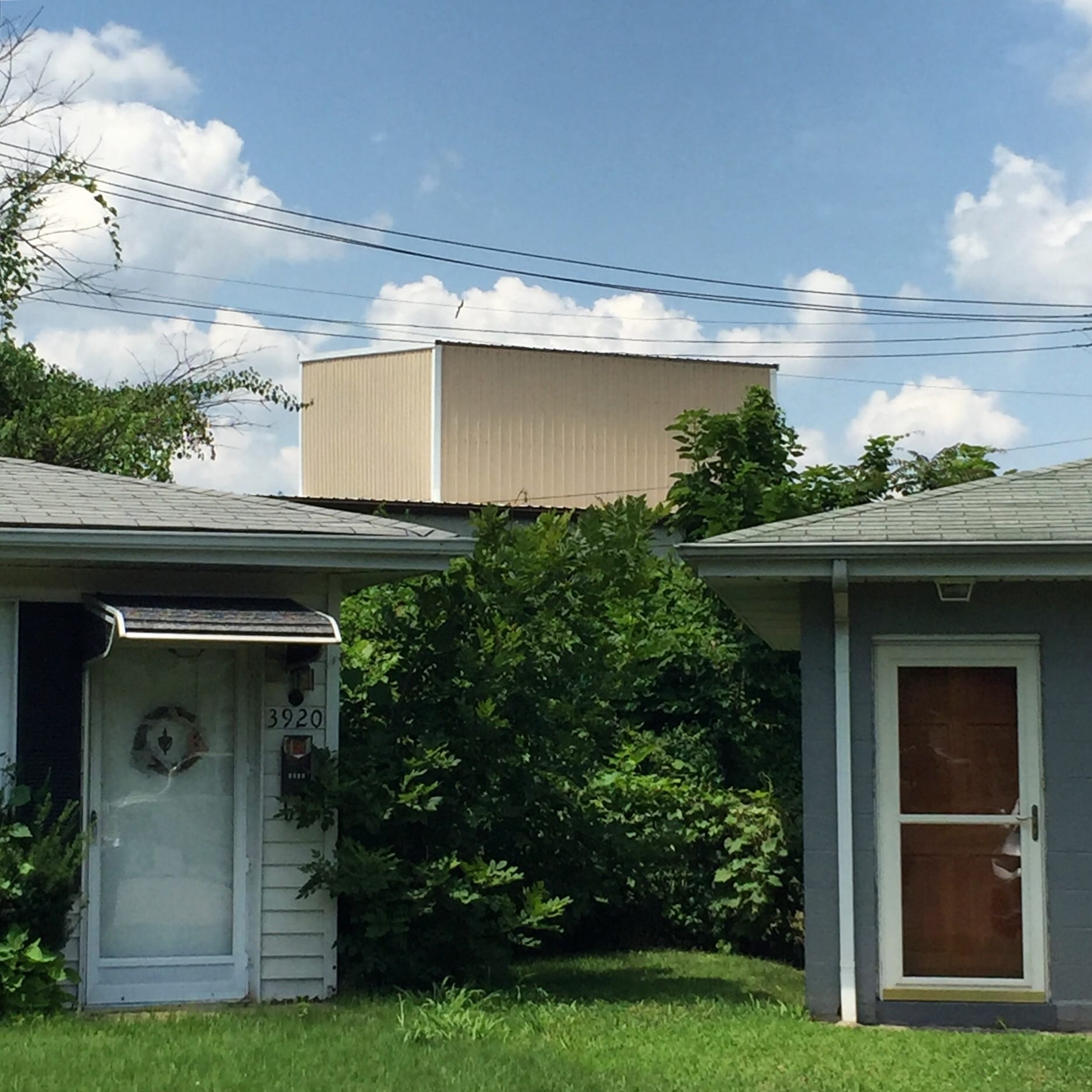
I don’t know many people anymore who see the beauty in a small, plain two-bedroom ranch house, but I truly do. My dad was a carpenter for over 40 years. He always tried to show me how to build things, but I regretfully was never interested as I should have been. Still, I have come to understand how important that job was for him because he was building something from the ground up; something that would last and something that was meaningful not only to him, but to the families that would inhabit those homes and communities. Homes provide an opportunity for people to live and grow and create their own stories, even if most others will never hear those stories. It’s a beautiful thing.
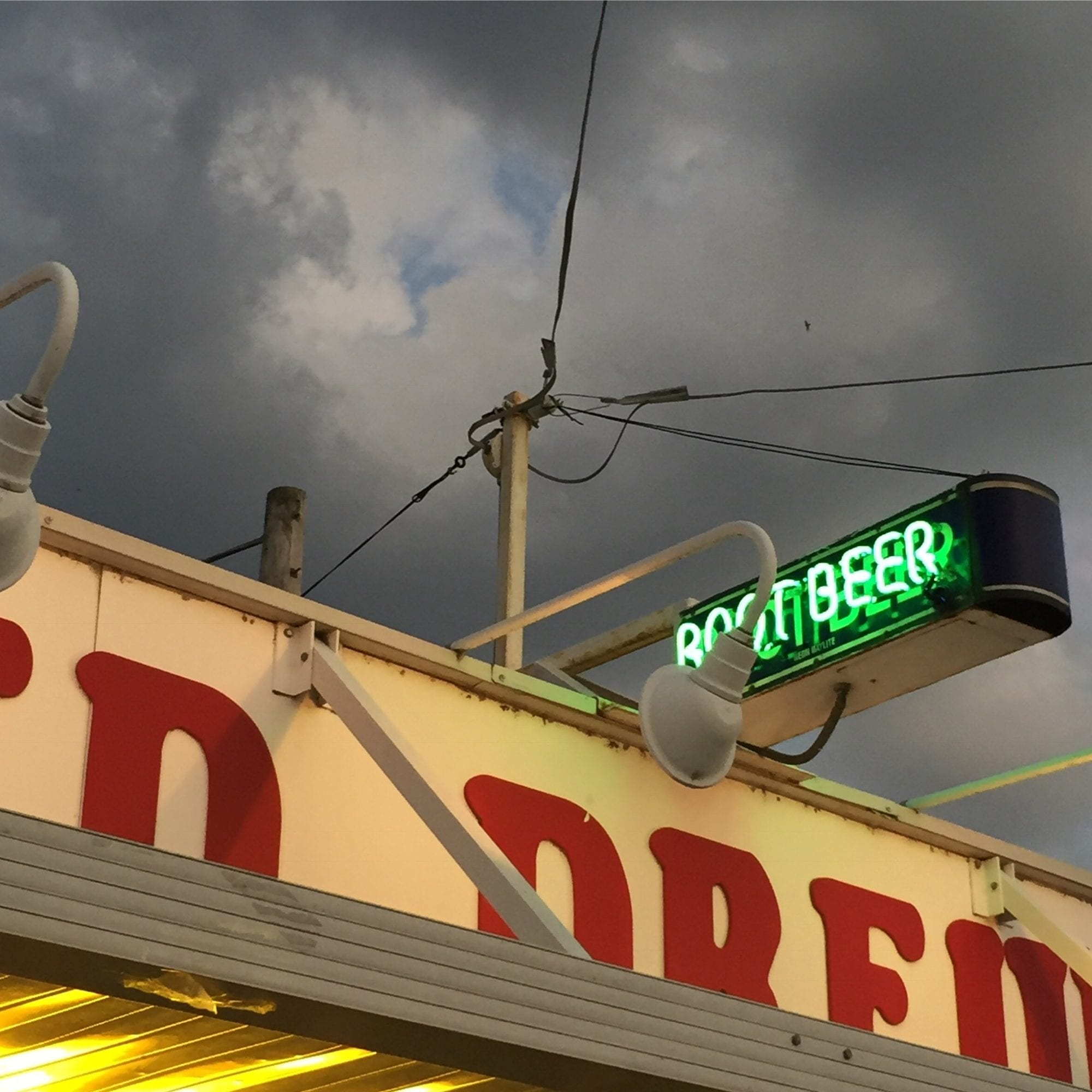
Additionally, I grew up in a small town north of St. Louis called Elsberry, in rural/exurban Lincoln County. It’s about an hour’s drive from there to Dutchtown, but it is still in the metro area and it only takes about 30 minutes to get to St. Louis suburbs in St. Charles County. I grew up watching Channel 5 and Channel 11, and I rooted for the Blues and the Cardinals. We made trips to “the city” often, almost every weekend. Every time I traveled to other parts of the country, when people would ask me where I was from, I would say St. Louis. People in Lincoln County feel very tied to St. Louis, both economically and culturally. I even met my wife while we were both working at an Imo’s in Lincoln County. But to many people who grew up in St. Louis city or county, I suppose I’m not a “real” St. Louisan. To that end, I hoped St. Louis-isms would highlight how all of region’s communities — from north and south city to the county to the surrounding counties to the metro east — are all part of the same life force known as St. Louis.
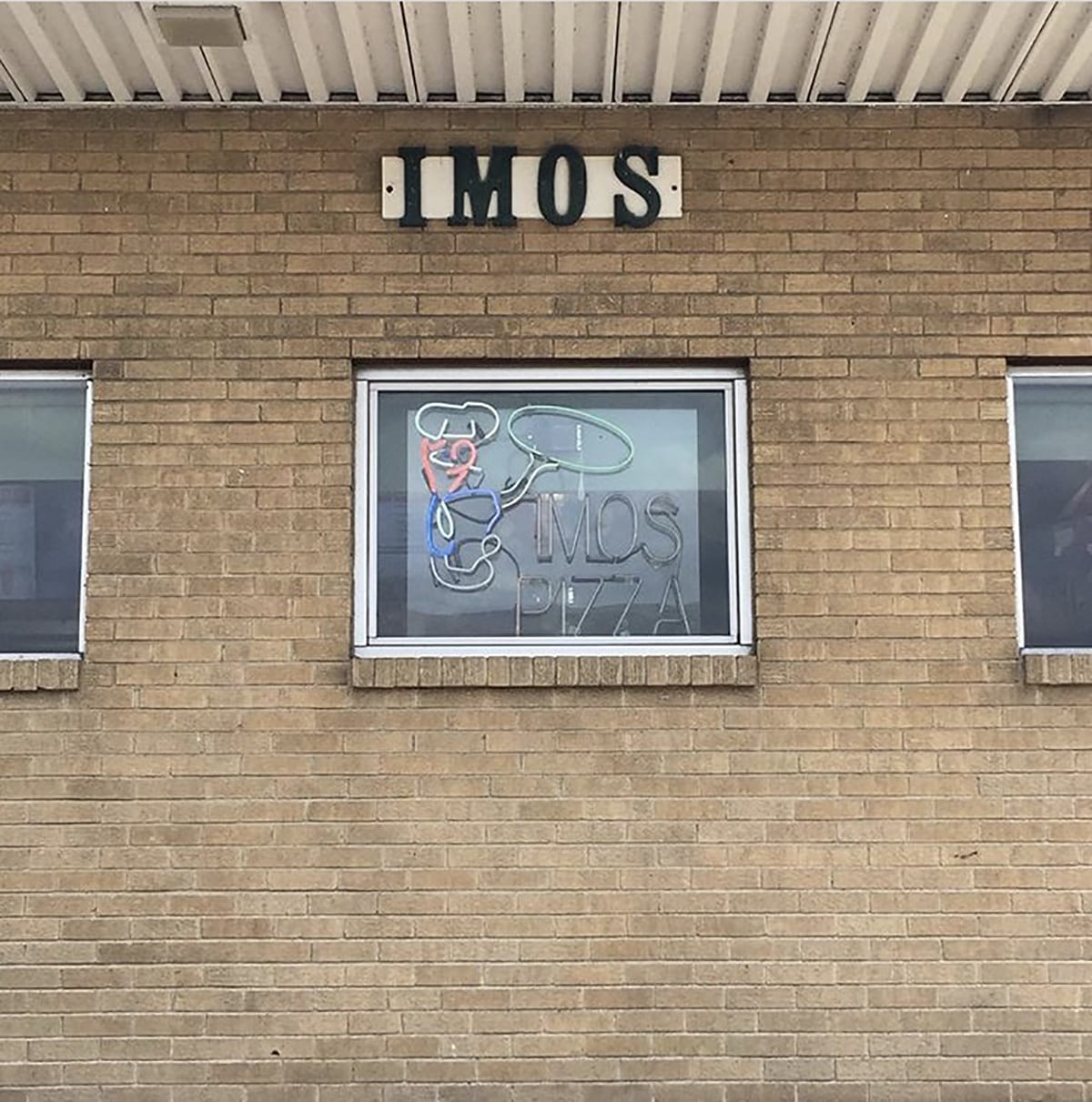
I have loved St. Louis city for over 20 years. During my year at SLU, I was more interested in exploring the city than attending the classes. My master’s thesis, which I picked up at Mizzou in the history department (and was finished in my early days in Chicago), was about the neighborhoods of North St. Louis in the path of the proposed Mark Twain Expressway. When I came back to St. Louis in 2015, I did some research for the Landmarks Association on the South Grand Business District, as well. St. Louis-isms is a way to continue to contribute to the conversation.
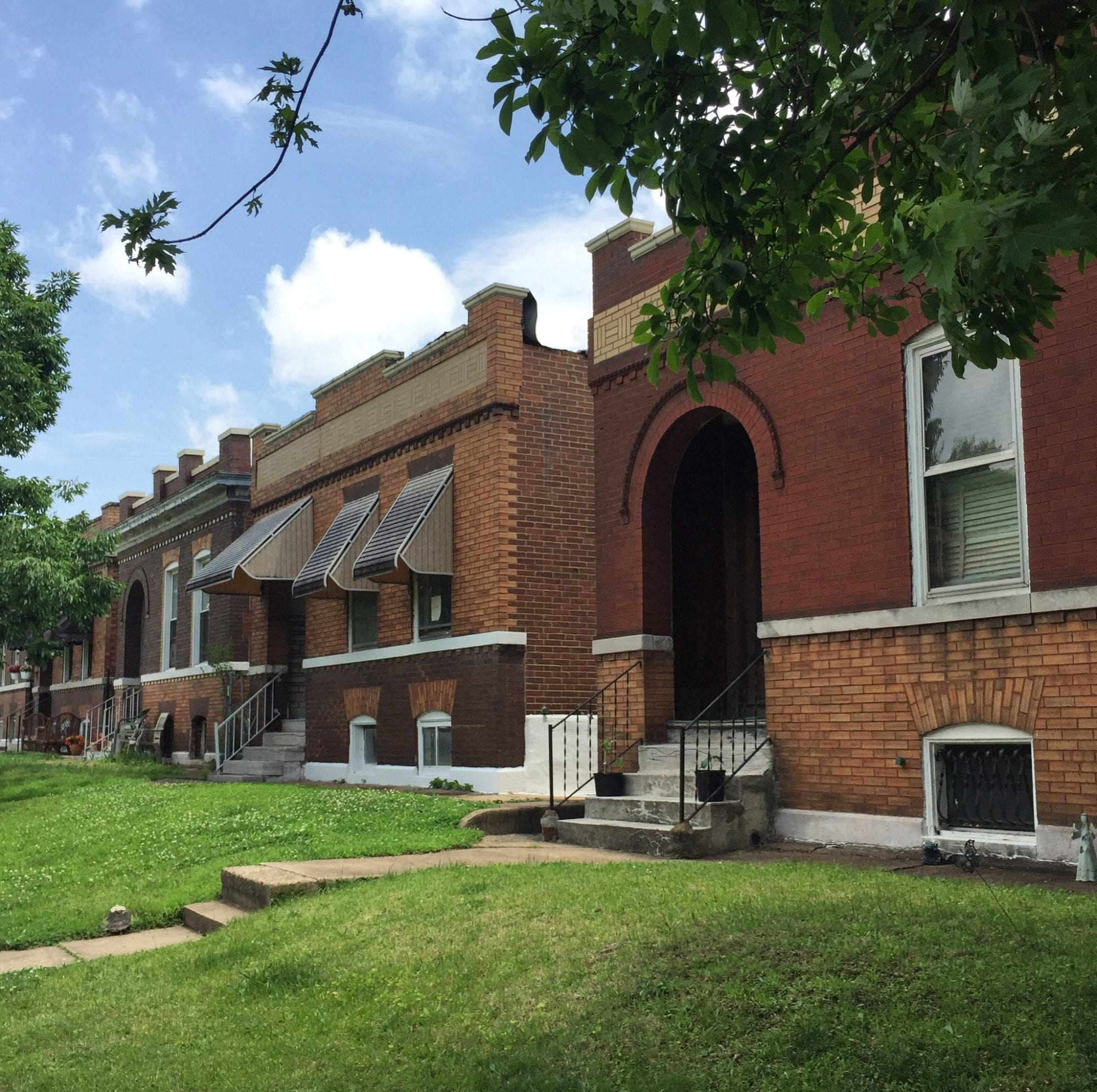
Oh, and one more thing, I love Dutchtown so much that I managed to convince my supervisor, who is a great friend, to look for a house there. He bought one over by Bingham and Spring last summer! Like me, it’s the first house he’s ever owned, and he absolutely loves it. Good things are happening for Dutchtown, I’m convinced.
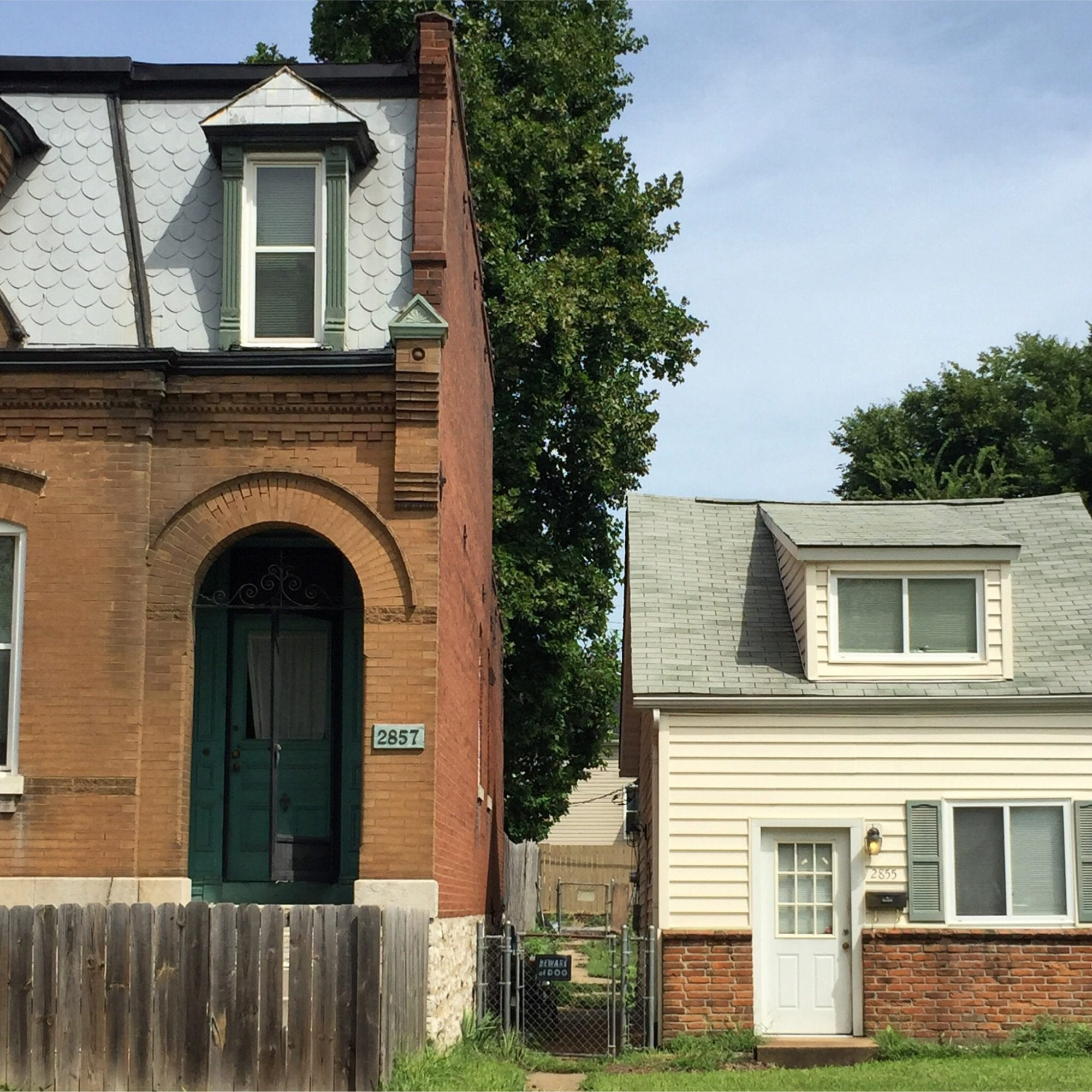
To see more of Josh Burbridge’s photos from Dutchtown and all across the St. Louis area, make sure to follow @stlouisisms on Instagram. You can also see more photos on the DutchtownSTL Flickr page, and you’ll occasionally see his work here on DutchtownSTL.org and on the DutchtownSTL Instagram.